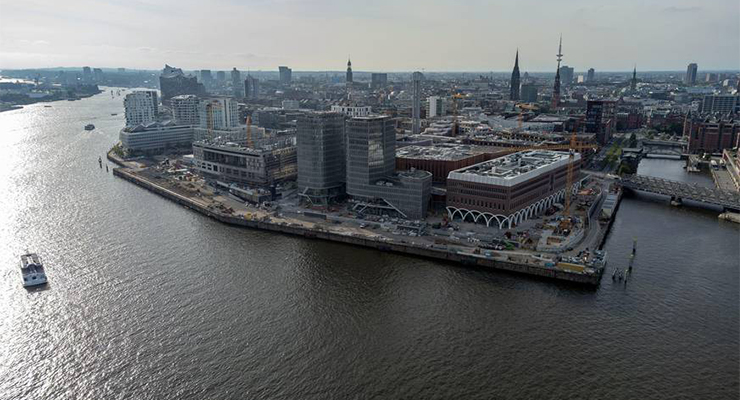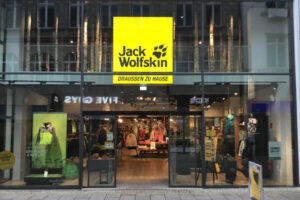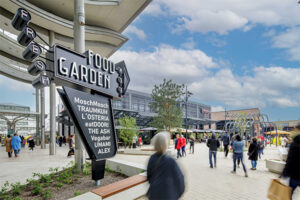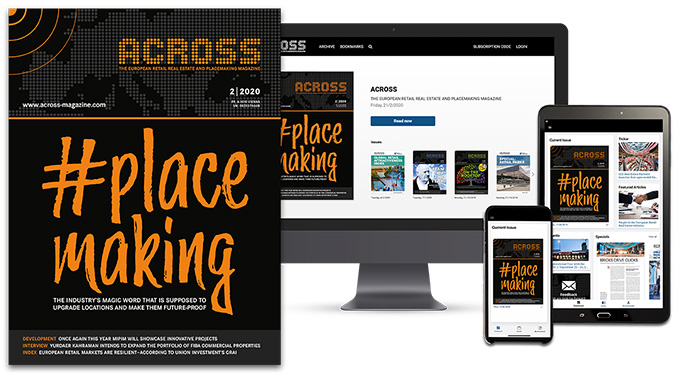This milestone in the city’s development is the subject of BBE’s latest white paper, which analyzes the opportunities, risks and possible strategies for Hamburg’s retail landscape. The white paper places Überseequartier in the context of the city’s retail structure and develops three scenarios for the future impact on retail and the city center.
“The Überseequartier should become a driving force with radiance without damaging Hamburg’s city center. However, this requires accompanying measures by the city to make Westfield a success story for the whole of Hamburg,” says Dr. Johannes Berentzen, Managing Director of BBE.
“There is no doubt that Westfield will enrich Hamburg as an additional magnet in HafenCity. The city center can also benefit from this if its strengths as an established multifunctional space are played out,” adds Timm Jehne, Head of Real Estate Consulting at BBE.
BBE’s key recommendations:
Strengthening the city center as a vibrant place
Hamburg’s city center should be further developed as a liveable, multifunctional area. This includes integrating culture, gastronomy and leisure activities to a greater extent in order to make the city center an attractive destination for Hamburg residents. It is important that the city center is perceived not only as a shopping mile, but also as a space to explore new experiences.
Linking the city center and Überseequartier
A close link between the Überseequartier and the city center must be promoted. This can be achieved through targeted traffic and pedestrian connections, but also through a joint marketing strategy. Good accessibility to both areas will increase the overall frequency of the city and create a positive synergy between the different areas of use.
Promotion of niche markets and local retailers
In order to protect the traditional retail trade from the growing competition from Überseequartier, niche markets, local brands and owner-managed stores should be particularly promoted. These play an important role in the attractiveness of bricks-and-mortar retail and Hamburg’s cityscape, as their individuality and authenticity set them apart from the large international chains.
Future-oriented tenant strategies for the city center
It is necessary to adapt the tenant structure of the city center in order to meet modern requirements. This includes mixed-use approaches, pop-up stores and flexible business models that enable the city center to react much more quickly to changing consumer needs.
Sustainability as a central theme
Both Überseequartier and the city center should make a clear commitment to sustainability. This can be achieved through energy-saving building concepts, green infrastructure and sustainable supply chains. Greater awareness of sustainable consumption could also secure the future viability of retail locations in the long term.
The full white paper is now available here.






